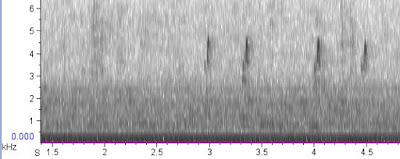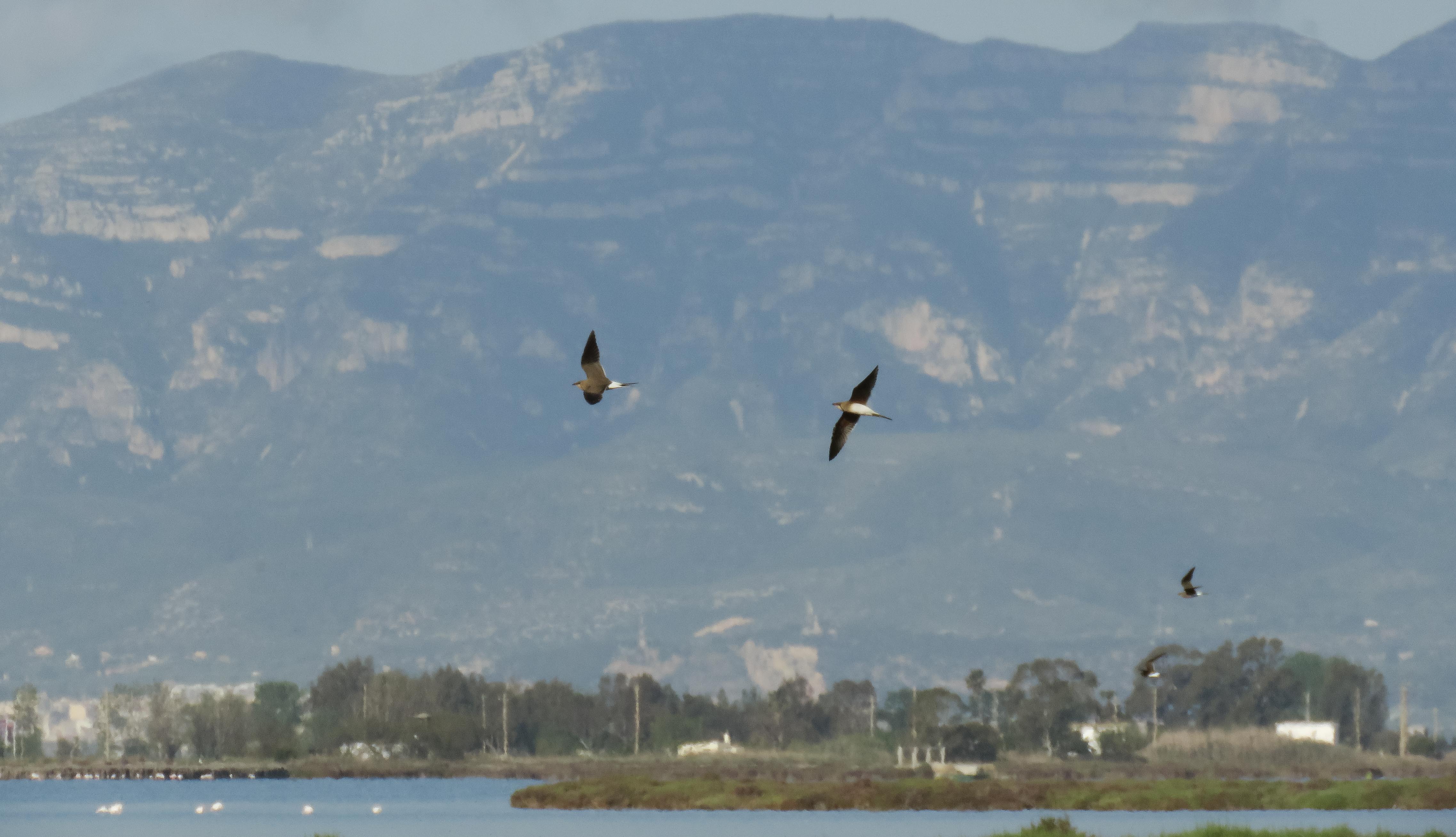The weather forecast was for heavy rain to persist all day. It was therefore a surprise to wake-up to dry and calm conditions. I joined Brydon to check Setters Hill where there were at least 4 Mealy Redpolls and a surprise reappearance by the first-winter female Two-barred Crossbill. The Ungirsta plantation held another 2 Mealy Redpolls and a Common Crossbill.
First-winter female Two-barred Crossbill at Setters Hill
When we heard this individual on entering the plantation we were hopeful of it being a new individual but our hopes were soon dashed on seeing the obvious nick to the outer fringe of T2 and dishevelment of its underlying feathers confirming it to be the same individual as 'bird 3'.
First-winter female Two-barred Crossbill at Setters Hill
Sonogram of seven trumpet calls and two flight calls this morning
Ungirsta plantation
Mealy Redpoll at Ungirsta plantation
a 'wing-barred' first-winter 'Glip' Common Crossbill at Ungirsta plantation
First-winter 'Glip' Common Crossbill at Ungirsta






































































